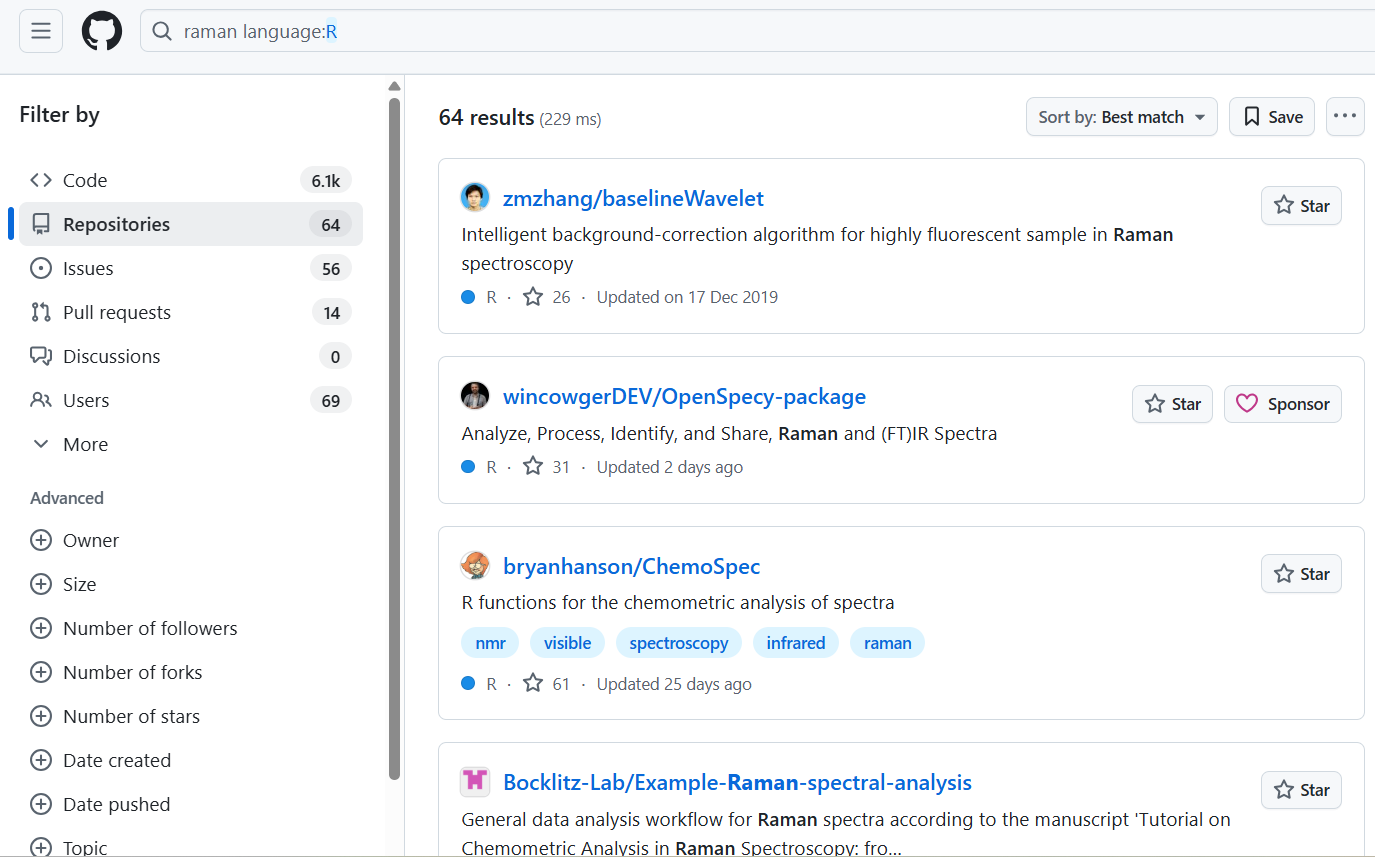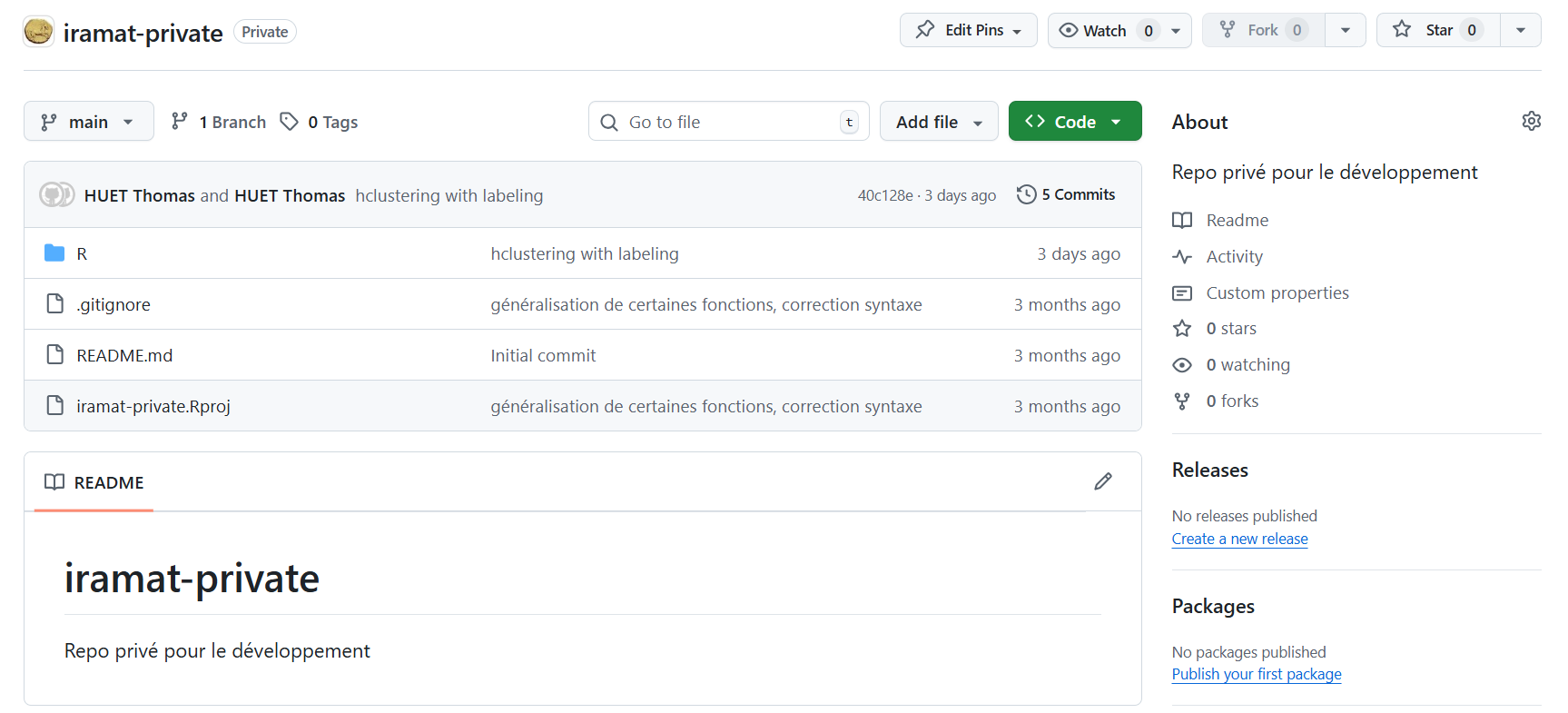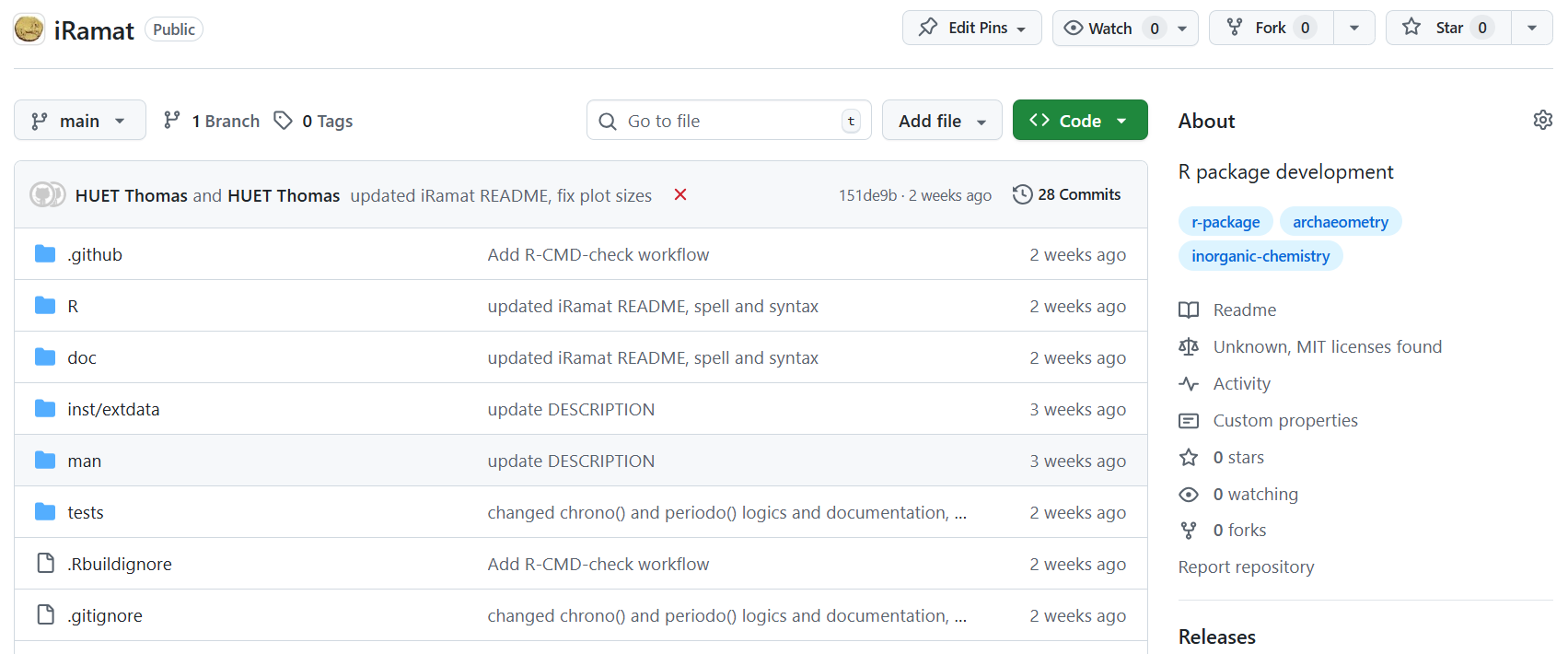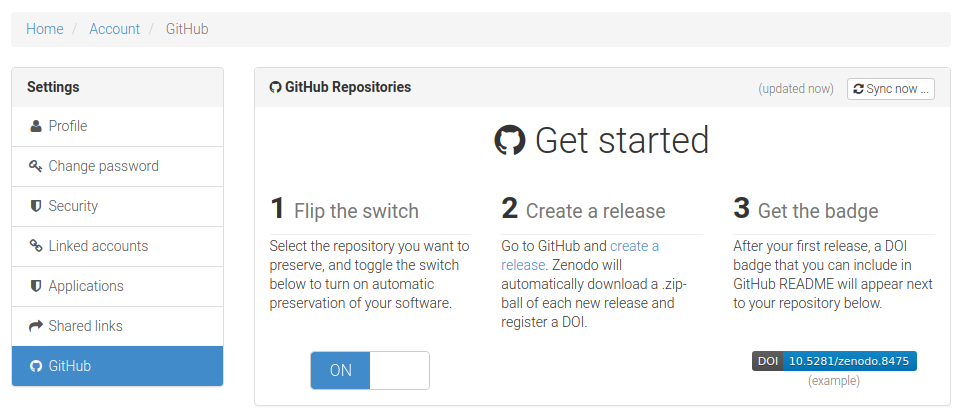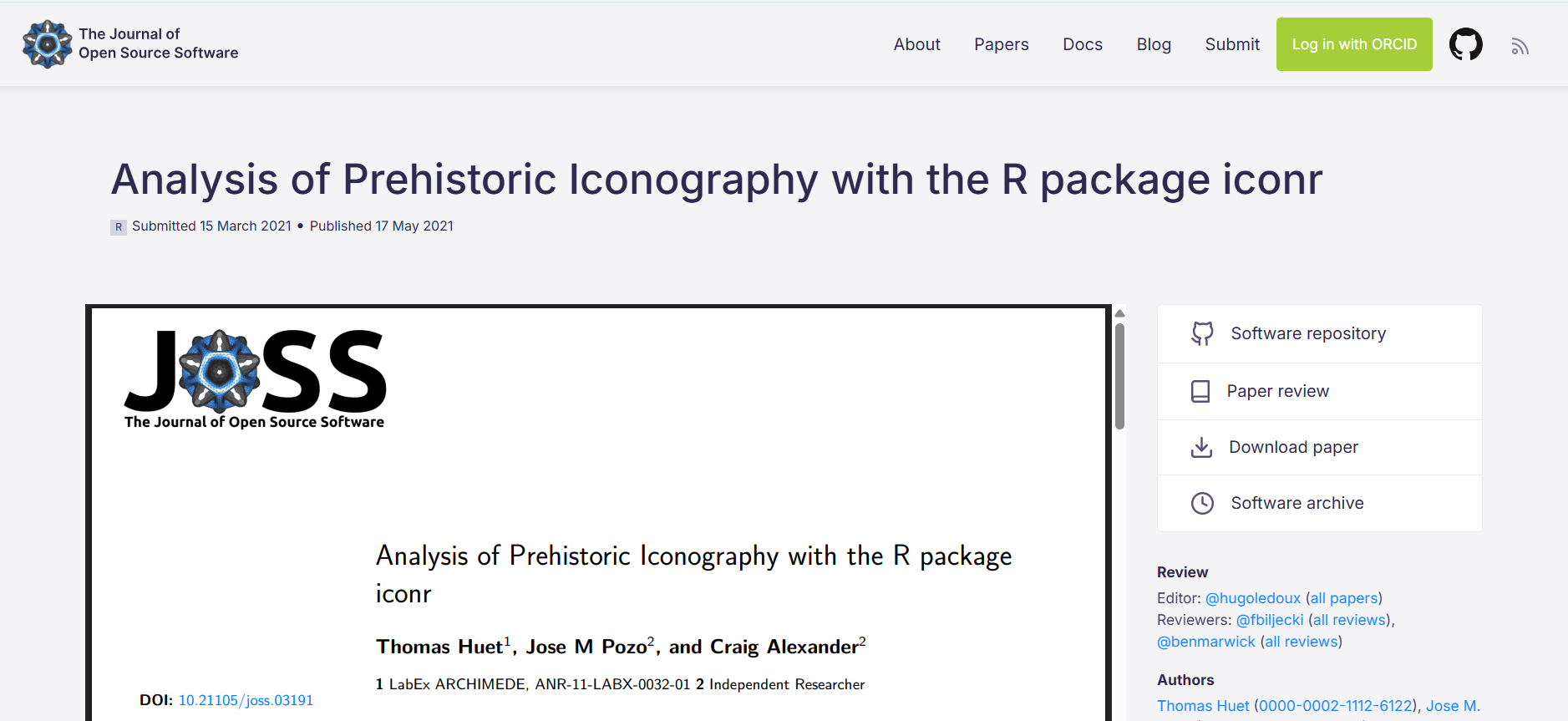- "raman" -------------------------------------- 13 packages in 0.049 seconds -
# package version by @ title
1 100 serrsBayes 0.5.0 Matt Moores 4y Bayesian Modelling...
2 92 RamanMP 1.0 Veronica Nava 4y Analysis and Ident...
3 75 OpenSpecy 1.5.3 Win Cowger 5M Analyze, Process, ...
4 36 readJDX 0.6.4 Bryan A. Hanson 2y Import Data in the...
5 26 hyperSpec 0.100.2 Claudia Beleites 1y Work with Hyperspe...
6 23 ChemoSpec 6.3.1 Bryan A. Hanson 28d Exploratory Chemom...
7 22 PlackettLuce 0.4.4 Heather Turner 1M Plackett-Luce Mode...
8 15 sabarsi 0.1.0 Li Jun 6y Background Removal...
9 12 smdi 0.3.1 Janick Weberpals 1y Perform Structural...
10 11 FishProxCompAnalyzer 0.1.0 Tanuj Misra 1y Proximate Composit...iRamat, un package R
WIAI - Webinaires de l’Informatique pour l’Archéométrie à l’IRAMAT
IRAMAT-CNRS
Introduction générale
La série WIAI
Webinaires dédiés aux technologies de l’information pour l’archéométrie:
GitHub  , Python
, Python 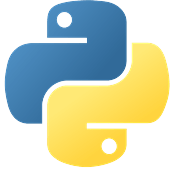 , R
, R  , API
, API 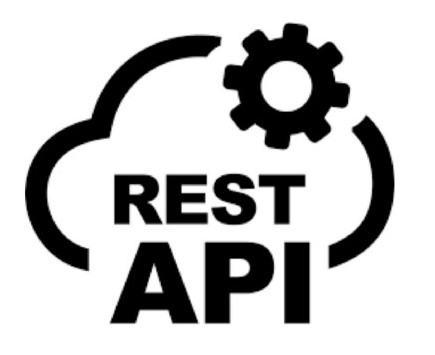 , IIIF
, IIIF  , etc.
, etc.
Note
📅 Le 2e Mardi matin de chaque mois sur ZOOM entre 10h00 et 10h50 (50 minutes), lien sur le GitHub de l’IRAMAT

Plan de la présentation
 et les packages
et les packages- Composition d’un package
 (
(  )
) - Du
codeà la , et de la au{pkg}( )
) - Code as data
- Discussion
R et les packages
 est un langage de script orienté statistiques. C’est le langage préférés des archéologues1 qui utilisent des packages génériques comme
est un langage de script orienté statistiques. C’est le langage préférés des archéologues1 qui utilisent des packages génériques comme ggplot 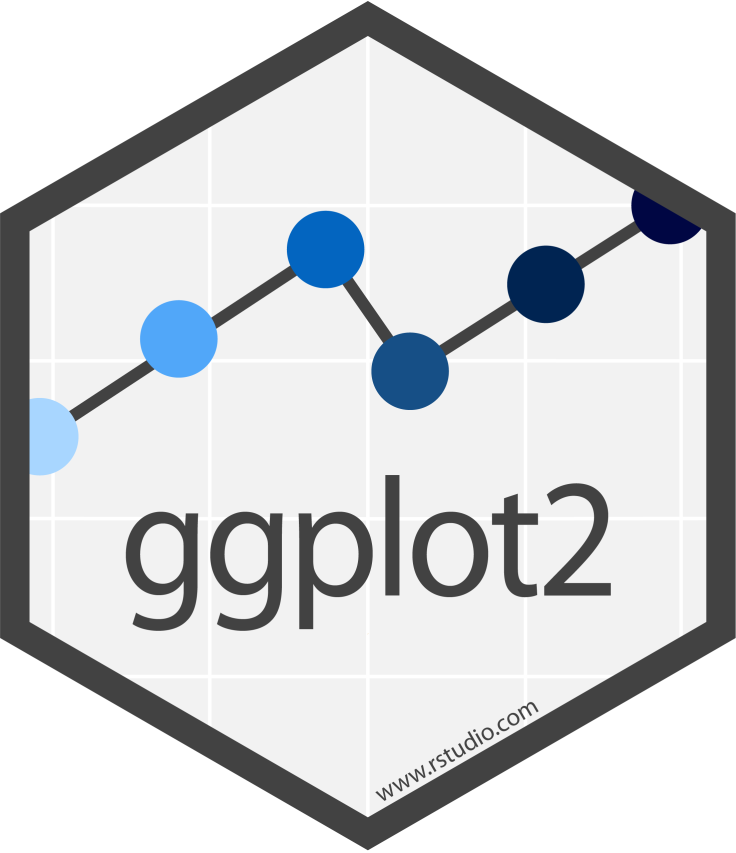 pour les graphiques (développé par Hadley Wickham),
pour les graphiques (développé par Hadley Wickham), terra 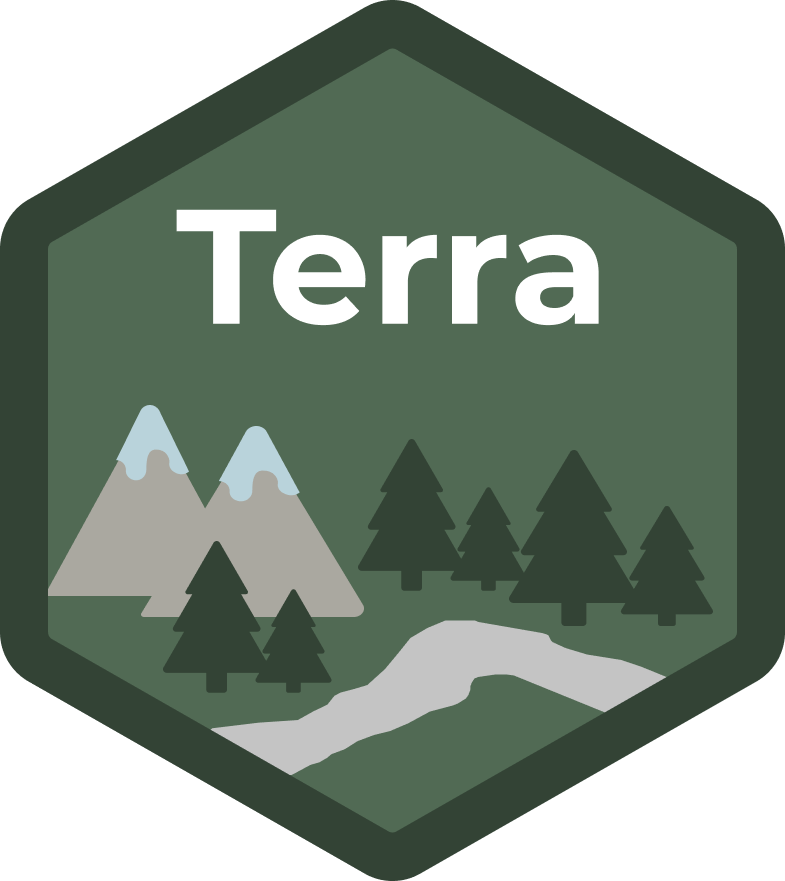 et
et sf  pour l’analyse spatiale, etc., ou d’autres plus spécialisés:
pour l’analyse spatiale, etc., ou d’autres plus spécialisés: nexus 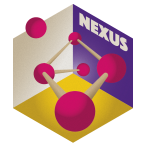 ,
, tidyspec 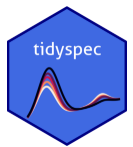 , etc.
, etc.

 Wikipedia
Wikipedia
Les packages R
rassemblent du code, de la documentation et parfois des données.
conçus pour être facilement partagé, installé et réutilisé et ainsi garantir la reproductibilité des analyses.

Les packages R (suite)
En 2023, 19,000+ packages hebergés sur le CRAN.
En 2021, 25,000+ packages hebergés sur GitHub2
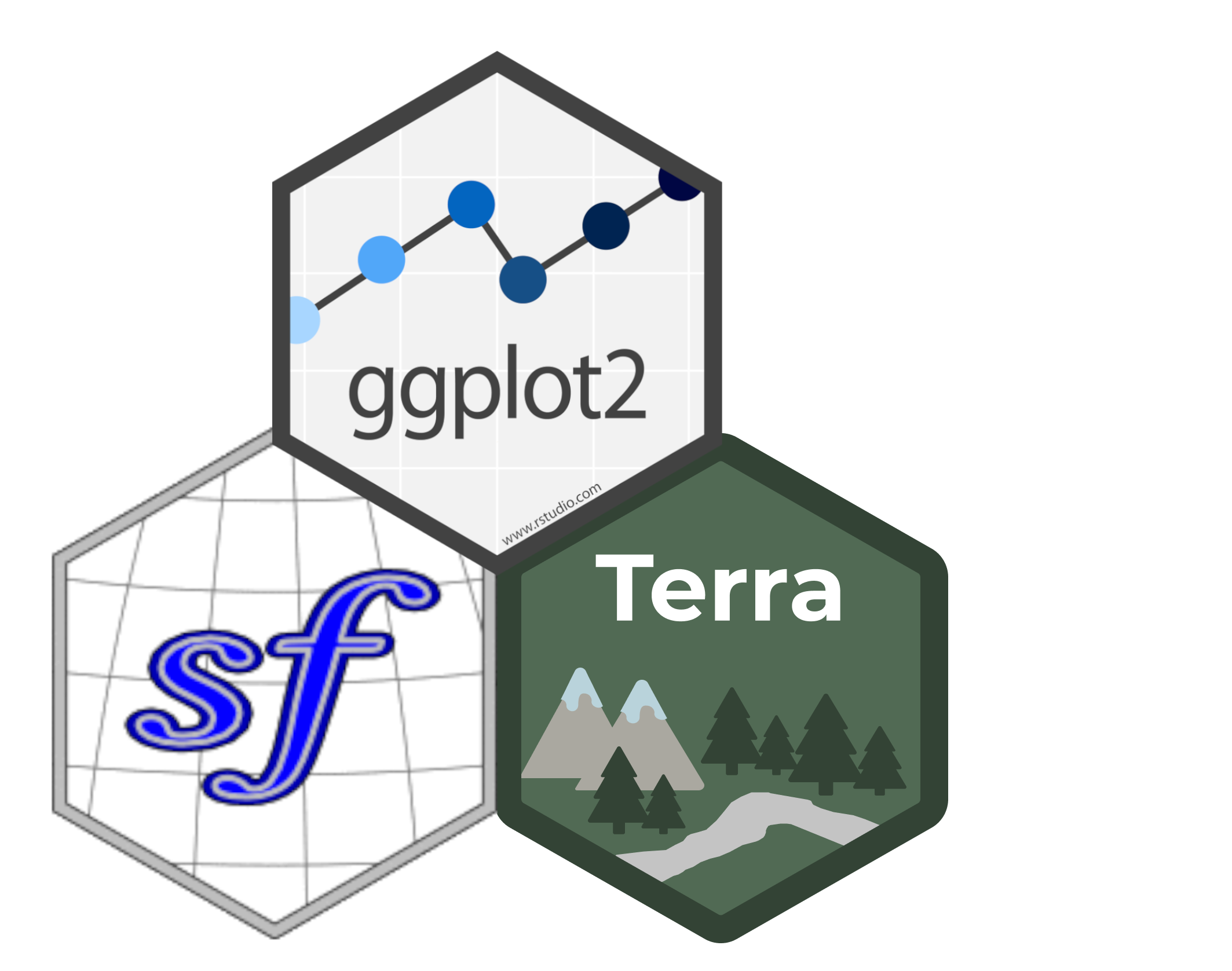
Trouver un package 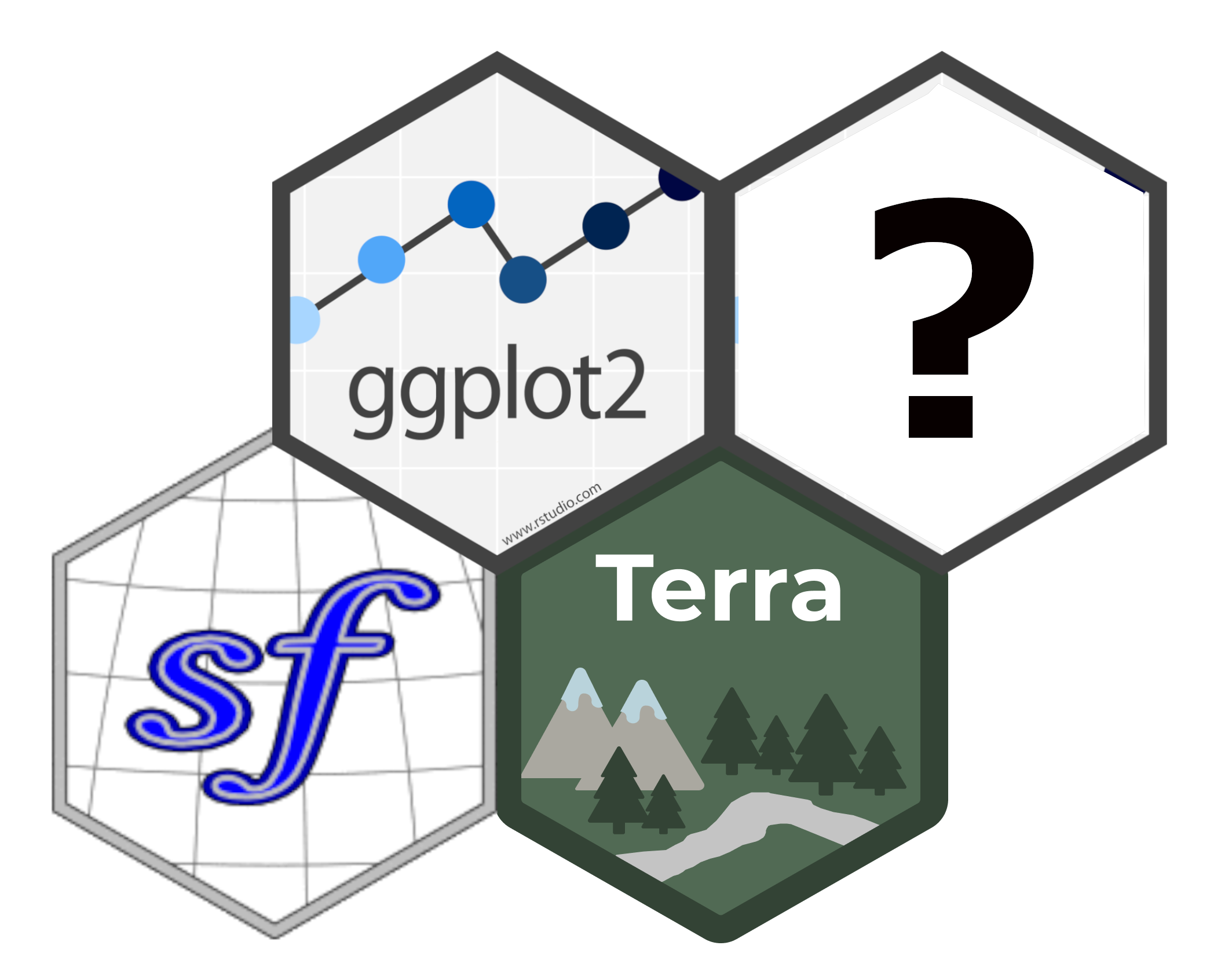
open-archaeo et le SIG-SSLA
https://open-archaeo.info/tags/x-ray-fluorescence/
Composition d’un package R
Description (fichiers sources)
Le fichier DESCRIPTION contient les métadonnées du package
Package: iRamat
Type: Package
Title: Statistical analysis on Archaeomaterial
Description: Statistical analysis on Archaeomaterial.
Version: 1.0.0
Authors@R: c(person("Thomas", "Huet", email = "thomas.huet@cnrs.fr", role = c("aut", "cre"), comment=c(ORCID="0000-0002-1112-6122")))
Depends:
R (>= 4.0.1)
License: MIT + file LICENSE
Encoding: UTF-8
LazyData: true
Imports:
dplyr,
ggplot2,
forcats,
stringr,
hash,
jsonlite,
httr,
imager,
spatstat.geom,
spatstat.explore
RoxygenNote: 7.3.2
Suggests:
testthat (>= 3.0.0),
ggpubr
Config/testthat/edition: 3
URL: https://github.com/iramat/iRamat
BugsReport: https://github.com/iramat/iRamat/issuesLes fichiers LICENSE et LICENSE.md contiennent la licence du package
# MIT License
Copyright (c) 2025 IRAMAT-CNRS
Permission is hereby granted, free of charge, to any person obtaining a copy
of this software and associated documentation files (the "Software"), to deal
in the Software without restriction, including without limitation the rights
to use, copy, modify, merge, publish, distribute, sublicense, and/or sell
copies of the Software, and to permit persons to whom the Software is
furnished to do so, subject to the following conditions:
(...)Le fichier README.md présente le package
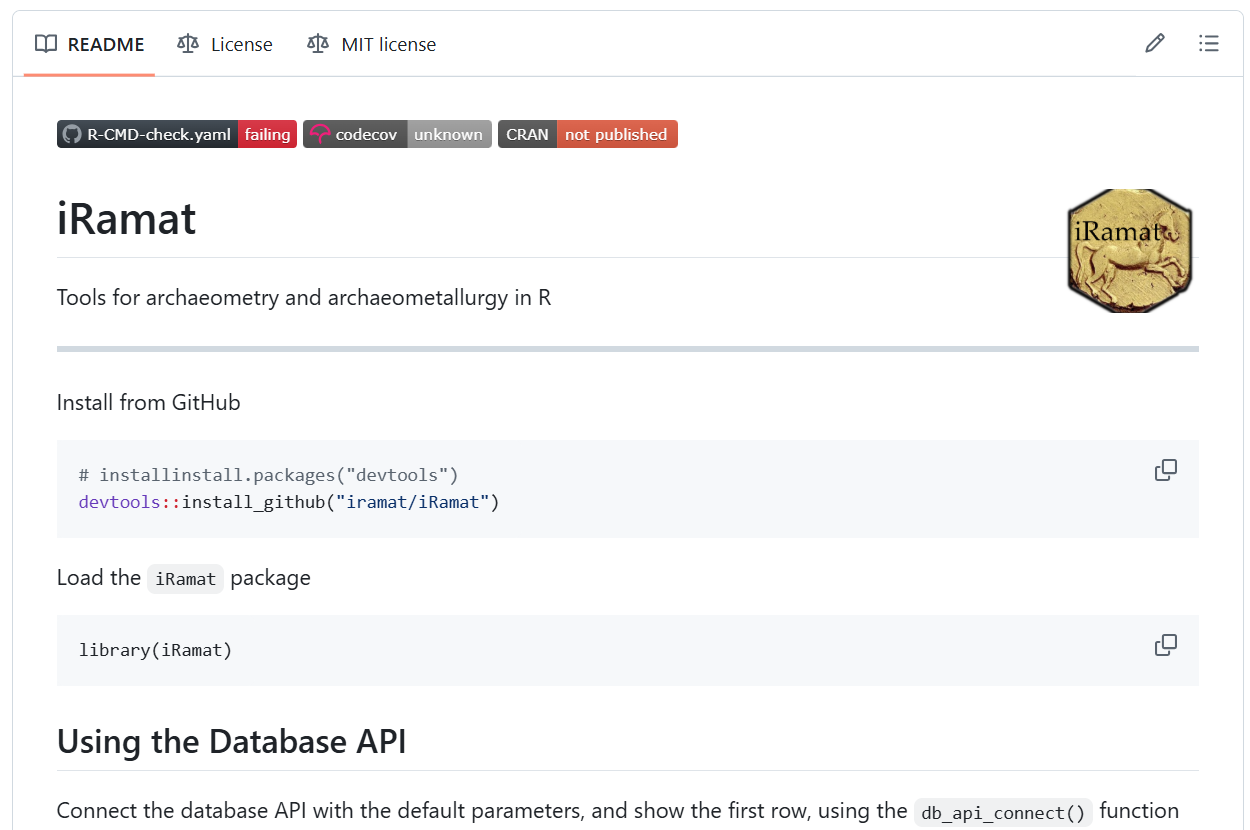
Le dossier R/ contient les fonctions R
#' Connect the CHIPS DB API and return an R object (dataframe, etc.)
#'
#' @name db_api_connect
#' @description Connect the CHIPS DB API and return an R object (dataframe, etc.). The default dataset is dataset_adisser17, accessed at <http://157.136.252.188:3000/dataset_adisser17>
#'
#' @param d A hash object. If none is provided, a new one will be created.
#' @param api_url An URL landing to an API. Default: 'dataset_adisser17'.
#' @param output_format The selected output format. Default "dataframe".
#' @param verbose if TRUE (by default), verbose.
#'
#' @return An R object.
#'
#' @examples
#' df <- db_api_connect()
#' # Show the first rows of the dataframe
#' head(df$dataset_adisser17)
#'
#' @export
db_api_connect <- function(d = NA,
api_url = "http://157.136.252.188:3000/dataset_adisser17",
output_format = "dataframe",
verbose = TRUE){
(...)
}Le dossier inst/extdata/ contient les données externes
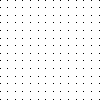
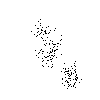
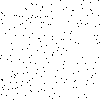
Description (fichiers générés)
Le fichier NAMESPACE décrit quelles fonctions du package sont exportées.
Le dossier man/ contient la documentation des fonctions (générée depuis les fonctions elles-mêmes).
% Generated by roxygen2: do not edit by hand
% Please edit documentation in R/ppa.R
\name{ppa}
\alias{ppa}
\title{Classify a Point Pattern Distribution}
\usage{
ppa(
d = NA,
root = "https://raw.githubusercontent.com/iramat/iRamat/master/inst/extdata/",
img.paths = c("clustered_distribution.png", "random_distribution.png",
"regular_distribution.png"),
ppa_tests = c("quadrat", "ripley", "gfunction"),
verbose = TRUE
)
}
(...)Du code à la fonction, et de la fonction au package
Du code à la , et de la au {pkg}
#' Compute the mean of random normal numbers
#'
#' This function generates `n` random numbers from a normal distribution
#' with given `mean` and `sd`, then computes and prints their mean.
#'
#' @param n Integer, number of random values to generate.
#' @param mean Numeric, the mean of the normal distribution.
#' @param sd Numeric, the standard deviation of the normal distribution.
#'
#' @return The computed mean (numeric).
#' @export
#'
#' @examples
#' simulate_mean(100, mean = 10, sd = 2)
simulate_mean <- function(n = 100, mean = 0, sd = 1) {
x <- rnorm(n, mean = mean, sd = sd)
mean_x <- mean(x)
cat("The mean of x is:", mean_x, "\n")
return(mean_x)
}Code as data
Réutiliser
To cite package 'iRamat' in publications use:
Huet T (2025). _iRamat: Statistical analysis on Archaeomaterial_. R
package version 1.0.0, commit
2106b34129c6c9ab96d8e6302d807ab35f7ed13d,
<https://github.com/iramat/iRamat>.
A BibTeX entry for LaTeX users is
@Manual{,
title = {iRamat: Statistical analysis on Archaeomaterial},
author = {Thomas Huet},
year = {2025},
note = {R package version 1.0.0, commit 2106b34129c6c9ab96d8e6302d807ab35f7ed13d},
url = {https://github.com/iramat/iRamat},
}Discussion
Footnotes
Batist, Z. and Roe, J. 2024 Open Archaeology, Open Source? Collaborative practices in an emerging community of archaeological software engineers, Internet Archaeology 67. https://doi.org/10.11141/ia.67.13
Bommarito, E., & Bommarito II, M. J. (2021). An empirical analysis of the R package ecosystem. arXiv preprint arXiv:2102.09904.
Thomas Huet -  - 7 Octobre, 2025, CEB, Orléans
- 7 Octobre, 2025, CEB, Orléans

